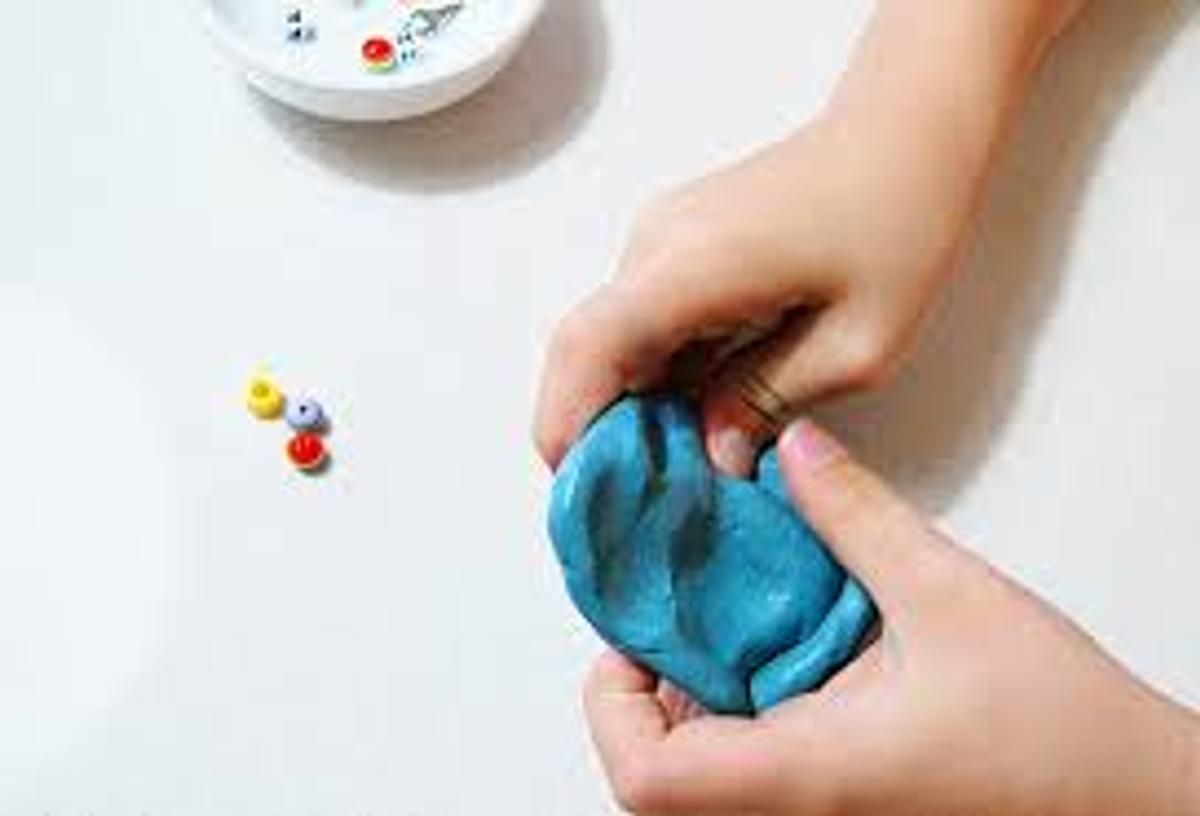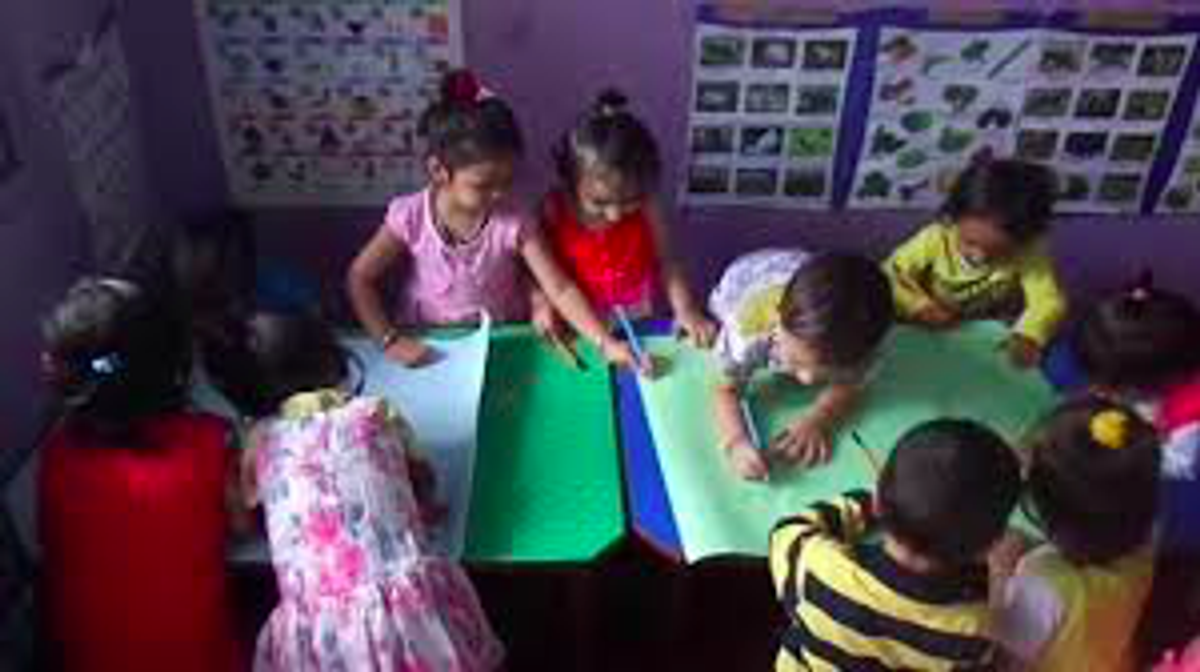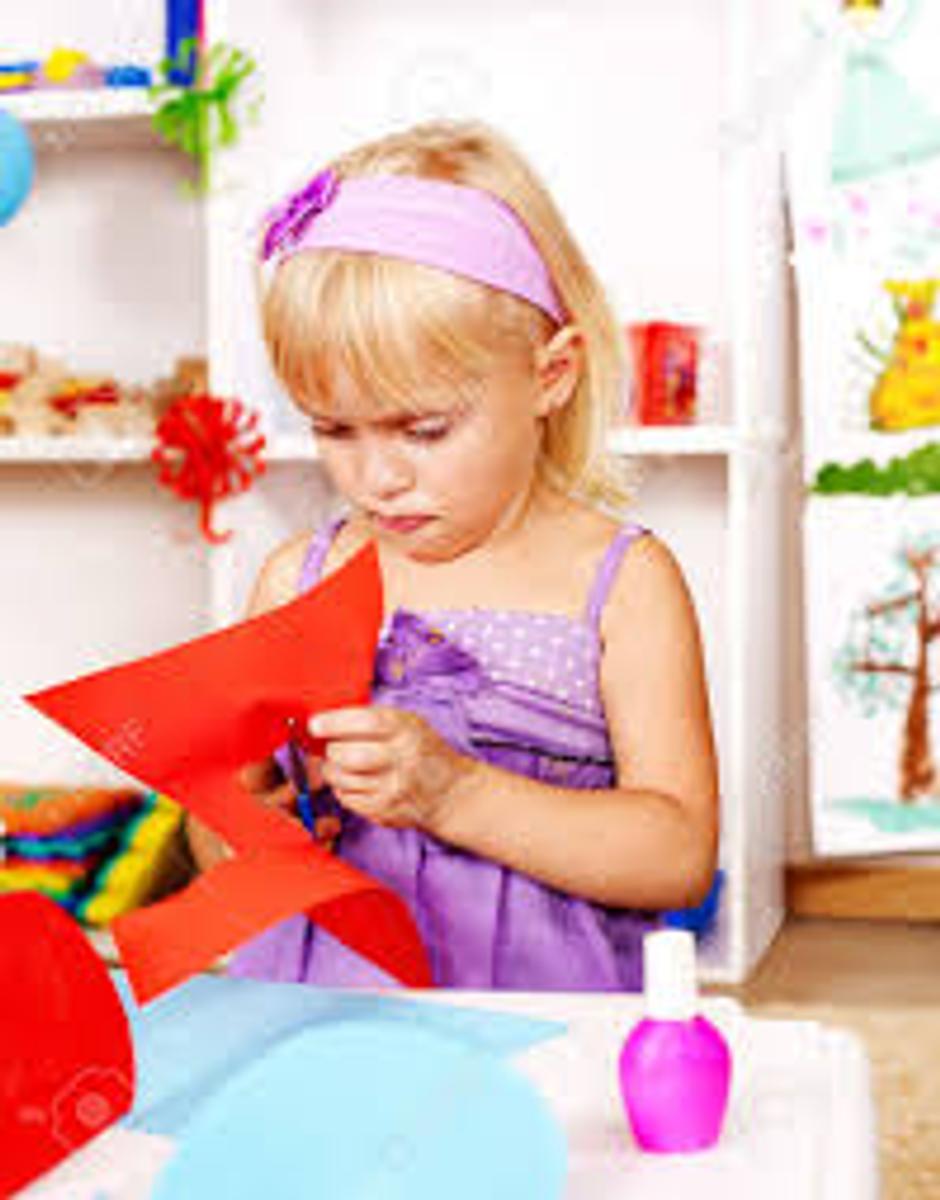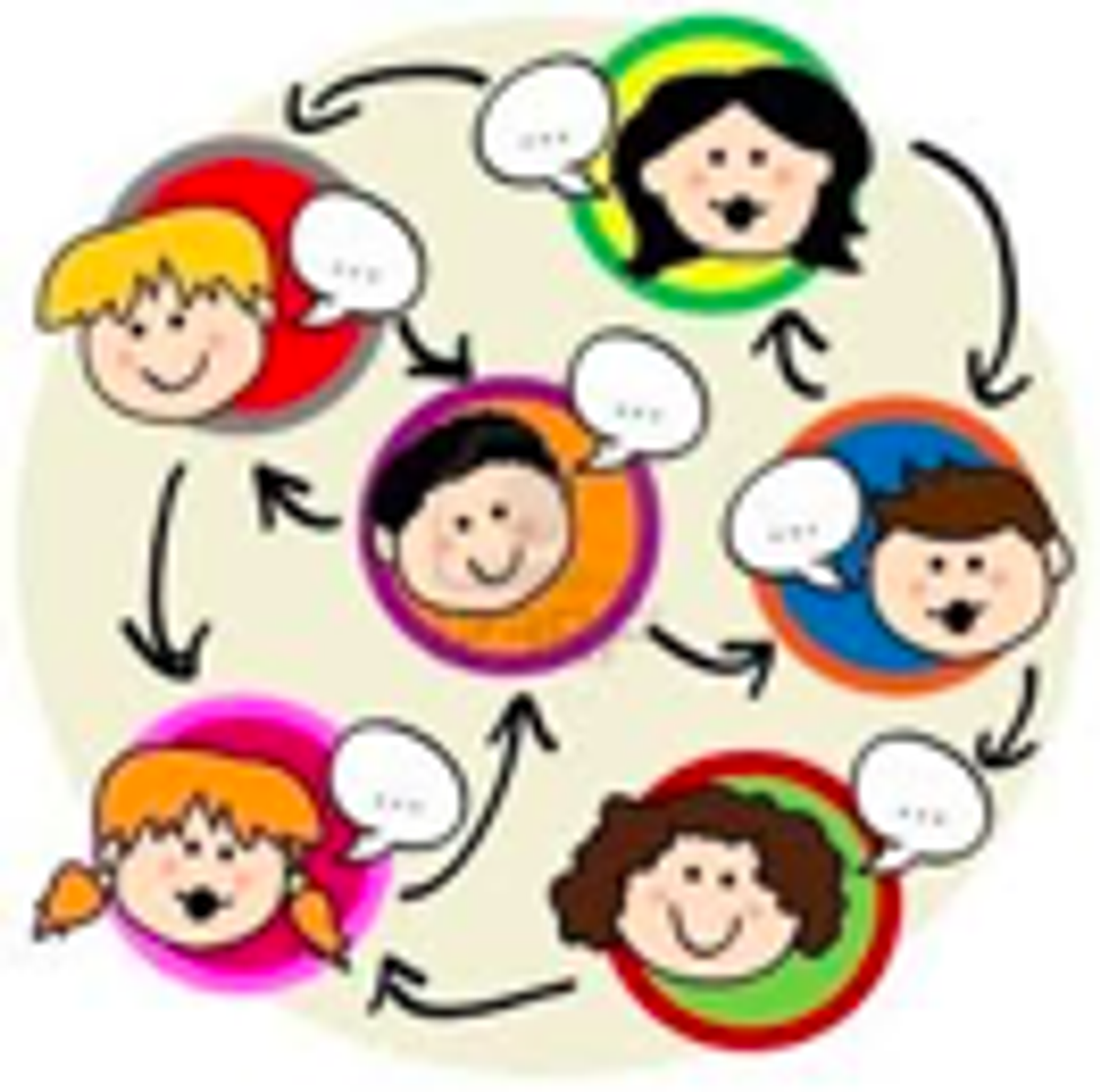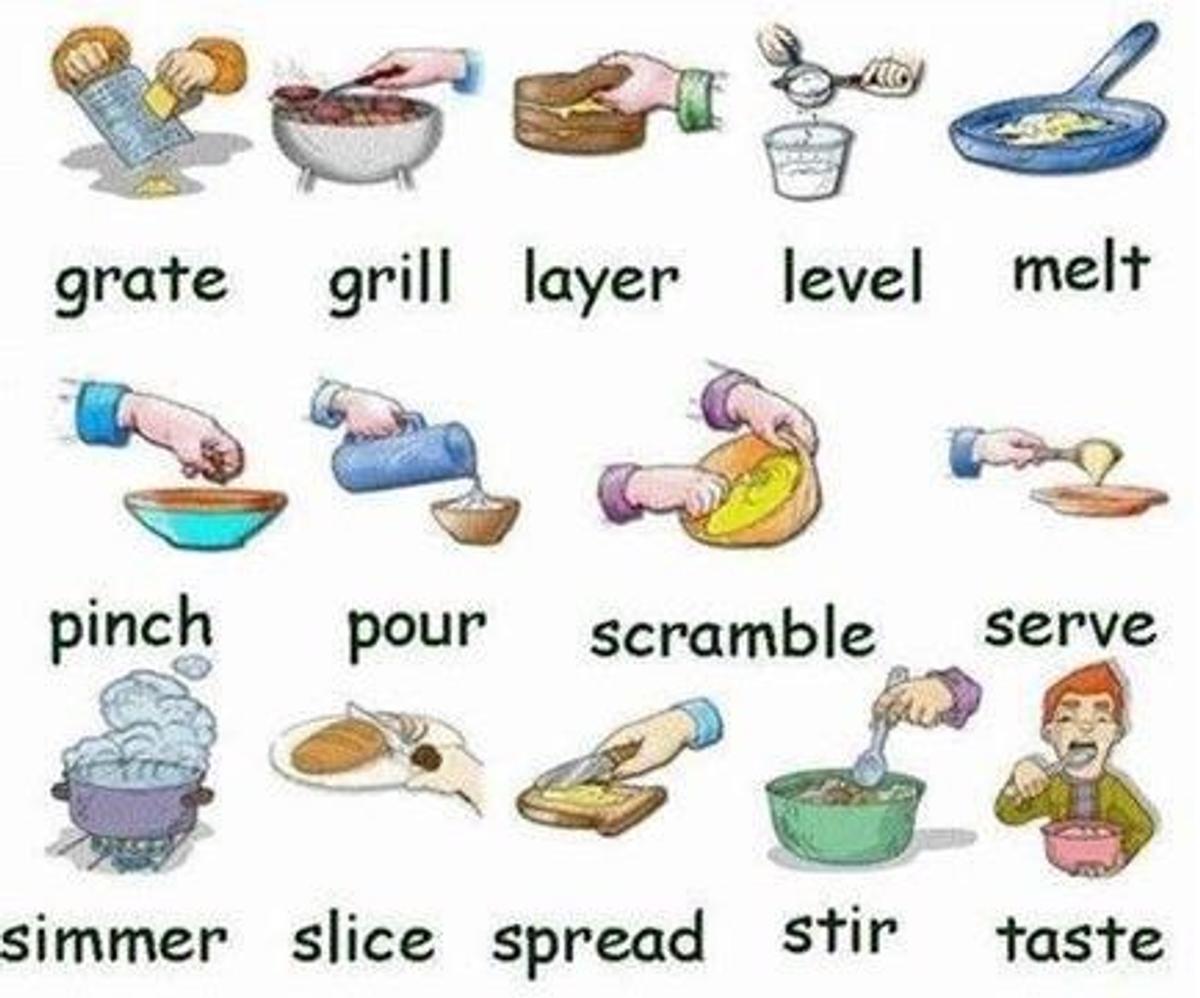F-4 Community News
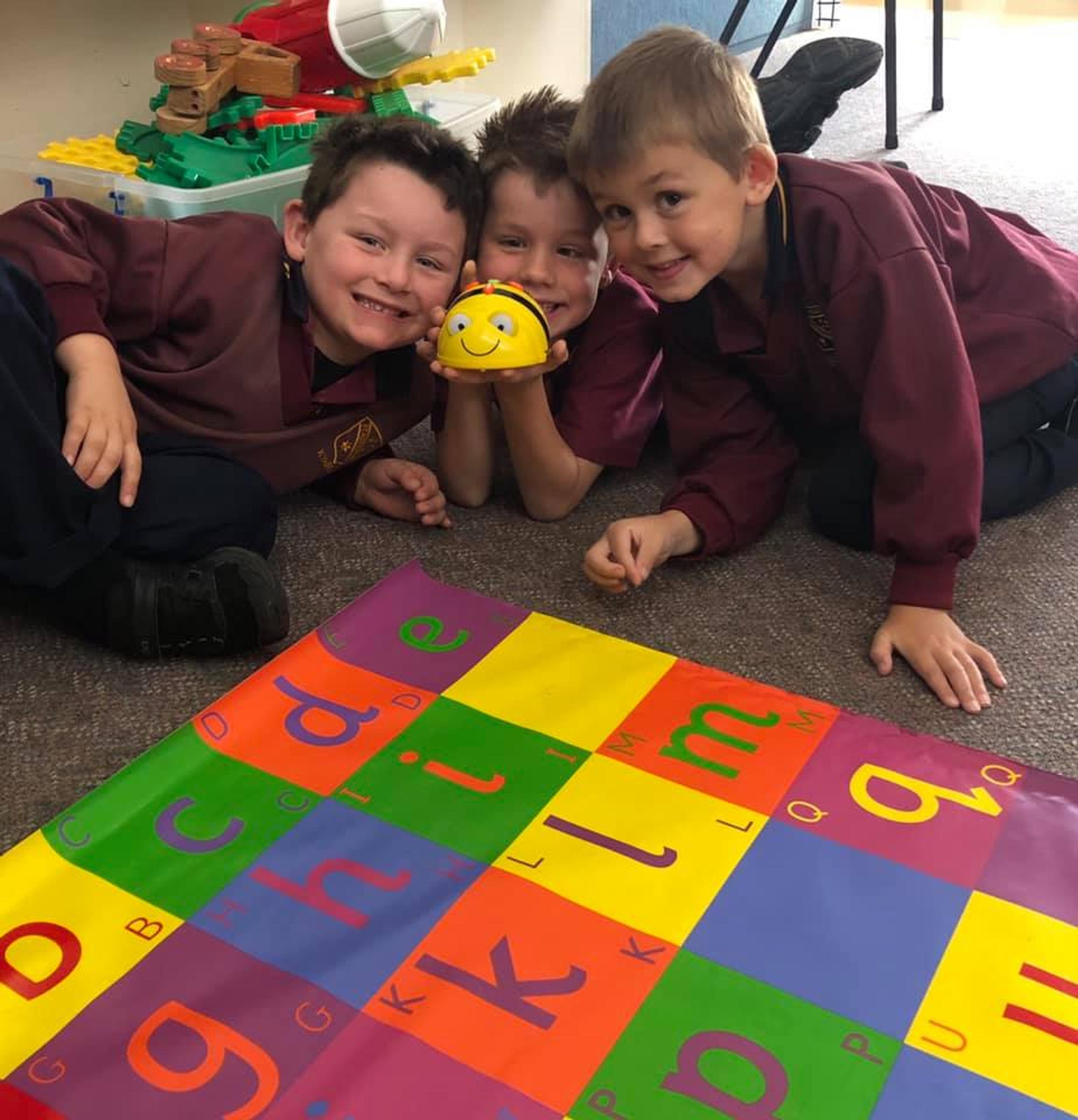
P.I.E.S. Program
Our P.I.E.S. program stands for Partners in Effective Schooling and is developed for our Foundation students. This is an early intervention program, which involves parents in the education of their children, particularly in the early identification of any barriers to learning in areas such as fine motor skills, social skills, speech/language and auditory processing.
Parents are encouraged to let us know if there is anything they are aware of which may be a barrier to their child’s learning. Please feel free to call in to chat to the Foundation teachers, Mrs Michelle Maudsley, Mrs Bree Guerra or Miss Lauren Hall, or the P.I.E.S. coordinator, Mrs Leanne Reed, if you would like more information regarding this program or would like some other activities to promote particular skills.
We were extremely lucky to have had this program running at our school recently and although the program has concluded, it would be very beneficial for your child to revisit some of the following activities at home.
WEEK 4
Activities to try with your child at home to improve their hand, finger and grip strength.
- Play with playdough, exercise putty or blu tak – knead, squeeze, roll, cut and squeeze playdough through a garlic crusher.
- Make as many playdough sausages as you can in one minute, then cut up the sausages with scissors or a plastic knife.
- Pop beads, duplo or construction sets can be pulled apart and pushed together.
- Squeeze soft balls (or squeeze toys) – squeeze 10 times or as many times as you can in one minute to make it fun. Progress to using firmer rubber balls as strength increases.
- Newspaper scrunch – scrunch up sheets of newspaper into balls. Once a few balls have been made throw them into a bin or at a target.
- Tong relay
- Hammering activities
- Sharpen a packet of pencils
- Use a spray bottle to water plants
- Squeeze juice from an orange or lemon
- Squeeze out a sponge before wiping down the kitchen table or bench
- Climb monkey bars or ladders or hang on a trapeze swing
- Fly a kite on a windy day
- Tear up coloured paper for pasting or collage activities
- Draw with chalk on a blackboard or on concrete
- Peel off and stick stickers
- Use an eye-dropper and food colouring to change or mix colours
- Squirt a water pistol at a target
- Undo and do up nuts and bolts
- Threading activities such as beads or lacing cards
- Do up buttons on pyjamas and clothing
- Do up zips on pencil cases, bags and clothes
- Peel an orange or mandarin
- Open up pop top drink bottles
WEEK 5
Some activities to try with your child at home to improve their prewriting skills.
- Encourage finger, hand and arm exercises ie: theraputty, blu tak, playdough, stress ball, thera-bands and small weights. (Poke, pull, stretch, squeeze, squash pound and lift)
- Trace around hands and feet
- Try tracing around stencil shapes
- Write or draw, alternating with different colour textas each time
- Dot to dot books
- Mazes from activity books or make up your own
- Colouring in books
- Duo drawing – draw dots or squiggles for your child to join up and make a picture, or draw the outline of a person and get your child to draw the eyes, nose and mouth etc.
- Find hidden objects in sand, rice or lentils
- Finger painting
- Draw in shaving cream
- Play card games such as memory or snap – great for grasp and manipulation and concentration!!
- Marbles - either by themselves or on a marble run
- Decorate a picture using tissue paper, by scrunching up small pieces of tissue paper between your thumb, index and middle fingers and glue them onto the picture
- Remove coins from a purse one at a time using your thumb and index finger only
- Draw on a vertical surface like a wall or an easel. Great for wrist extension.
- Draw on a magnadoodle, whiteboard or chalkboard
- Make a book
- Get two or three different sorts of objects ie: marbles, coins and beads (objects small enough to have to use a pincer grip). Mix them all up in a pile and ask your child to separate into their specific piles. Using their thumb and index finger only. Many skills are exercised during this activity.
WEEK 6
Some activities to try with your child at home to encourage the use of two hands.
Encourage your child to do these activities with their preferred hand and use their other hand to hold and position the toy, object or paper.
- Build with Lego, magnetix or other constructional toys
- Art and craft activities such as making birthday cards, a book, paper planes etc. Use stickers, scissors, a ruler, a hole punch, a stapler, sticky tape or a glue stick, textas, paper and cardboard.
Children's Chatter Matters
To best prepare our children for the language and learning demands of the school environment, they need ample time and opportunity to engage in meaningful interactions with their family.
Research suggests that the types of questions we ask and the quality of discussions we have with our children (at any age) are linked to school success. As children progress through the grades they must learn to use extended discourse in telling stories, giving explanations, reporting, expressing an opinion or writing an essay. Asking children “if, why and how” type questions allows them to deepen their thinking and prepare longer and more complex responses. It makes sense to build their confidence with extended discourse gradually, beginning with simple oral tasks.
Our school’s Speech Pathologist has provided many 'family friendly', fun oral language tasks aimed to enhance learning and literacy skills. You’ll find these in our fortnightly newsletters so look out for them!
We encourage you to set some time aside each week so that you can get the most out of your interactions with your child. In a busy household, sometimes the car is the best place for these focused activities. The key ingredients for a creative interaction are a time, a place, a willing talking partner or audience and an engaging topic or activity.
If your child is reading a particular book at home or in class, try to incorporate words or ideas from that text into your activity. For example; if you are building your child’s use of describing words, select a character from your child’s reader to describe. Encourage increasingly expensive words such as the beautiful, gorgeous, stunning and breath-taking princess.
Positive communication experiences at home help children feel accepted and valued. Growth in spoken language skills will build children’s self-confidence and help them learn to negotiate social interactions at school. This often transfers to other aspects of their learning and life.
Ten activities will be provided each term focusing on key areas of oral language supporting literacy, learning and socialising. Feel free to adjust these activities according to your child’s year level.
The following link is to the most comprehensive website available that provides parents with activities that are free, easily accessible and enjoyable. Each activity has been carefully selected to reflect the highest quality, up-to-date research evidence on early literacy development. There is also advice for parents who are concerned about their child’s reading and language development.
http://www.fivefromfive.org.au/parent-resources/
If you have any questions you can contact the Speech Pathologist through Selga Langley at school .
Good luck and most importantly, enjoy this very special time with your child.
Term 2: Vocabulary/Morphology activities
Activities to Build Vocabulary
Activity 3: Etymology
Etymology is the knowledge of where words come from. E,g, Crocodile – the word was founded in the 1560’s from a French/Latin spelling of crocodilia, which means large lizard. Finding the origin of the word is interesting and fun, all you need to do is google etymology of… (word). Here are some examples to start you off.
- Nightmare
- Sandwich
- Boxing day
- Bluetooth
- Kangaroo
Have a go at finding the origin of spelling words, unusual words in books or look up some phrases e.g. bite the bullet, bust your chops, raining cats and dogs.
Activity 4: Explore different text types
Familiarising your child to different types of texts will allow them to be exposed to different types of words. E.g. Fairy tales, magazines, recipes, instructions, comics, joke books, factual topics. While reading different text types develop a list of tricky or new words e.g. A recipe: emulsify, fold, combine, separate, pre-heat, rest and knead. You can discuss the meaning of the word or get your child to draw a picture of each word or find a picture of the word on google images and practice using in everyday conversation where appropriate.

